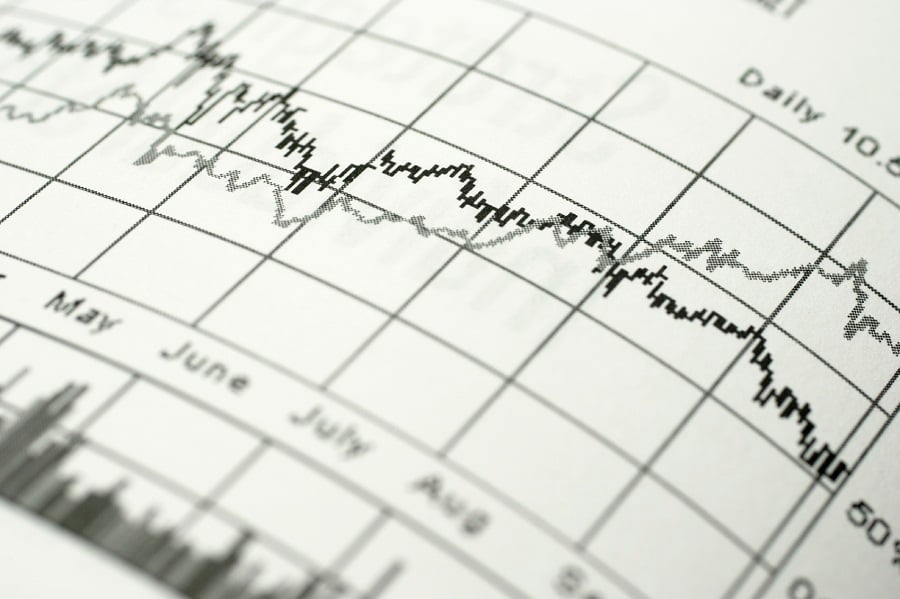The decade-long run of money moving out of actively managed mutual funds in favor of passive indexes and exchange-traded products speaks volumes about investors' palate for active management these days.
Clearly, the bull market has not been kind to active strategies, in general. But that's no reason for financial advisers to blindly jump on the bandwagon of an all-passive approach, as many have.
While a lot of active funds are not beating their benchmarks in some of these beta-friendly cycles, a lot of them are.
The key for advisers is weeding through the
expansive universe, which starts with looking for active managers who are not simply hugging the benchmark in an overly cautious effort to not get beat by it.
This has become almost an obsession for University of Notre Dame professor of finance Martijn Cremers, who has written multiple research papers and even helped launch a website
ActiveShare.info aimed an uncovering the truly active managers.
While he admits finding a manager who's not afraid to stray from the benchmark doesn't guarantee success, he also pointed out that the benchmark-huggers virtually guarantee failure.
“The more holdings a fund has that are different from the benchmark, the more potential the fund has for performance that is different from that benchmark,” he said.
That part is almost common sense, but there are nuances that make identifying truly active managers worth the effort.
In his research, Mr. Cremers describes funds with at least 40% of the portfolio overlapping the benchmark as low on the active-management side.
He grades benchmark hugging not just by owning the same stock as the index, but buying owning it in the same proportion.
For instance, if both the fund and the index have a 5% weighting in Apple Inc., that's an overlap.
The more the portfolio is overlapping an index, the more the higher fees of active management come into play as a drag on performance.
For example, if an active fund charged 1% in total expenses, and had a 50% overlap with its index, only half of the portfolio would be working to overcome the fund's expense hurdle.
“If you have the same holdings as the index it doesn't matter what those holdings do because they will not affect the relative performance of the fund,” Mr. Cremers said.
Through the simple equation of dividing the fund's expense ratio (1%) by the index overlap (0.5) you get the actual hurdle rate of 2% that the fund needs in order to beat the benchmark.
Mr. Cremers isn't suggesting that his formula will help identify the best active managers. But it will help identify the most active of the active managers, which have a much better chance of beating a benchmark.
As a general rule, he said advisers should look for funds that are at least 80% active, meaning they have no more than 20% of the portfolio tracking the index.
With smaller-cap strategies, he said the active share target should be closer to 95%.
While funds with higher active scores tend to be about 30 basis points more expensive than lower-scoring active funds, Mr. Cremers said that difference is negligible because more of the portfolio has the potential to generate alpha.
Steve Graziano, president of Touchstone Investments, which has $16 billion under management in 34 actively managed funds, applauds any effort to uncover the benchmark huggers that are charging active-management fees.
“We manage active funds because you have to be different from the benchmark in order to survive,” he said. “ETFs have forced active managers to be truly active. We're right at the intersection of where closet indexers will go the way of the buggy whip, and true indexers will be married with ETFs.”
One other element that favors active managers who aren't afraid to step out of the shadow of the benchmark is low portfolio turnover, which
Mr. Cremers defines as patience.
He prefers portfolios managers that hold positions for three years or more.
That same level of patience will come in handy for financial advisers and their clients, because a truly active fund should not be expected to move in tandem with its benchmark.







